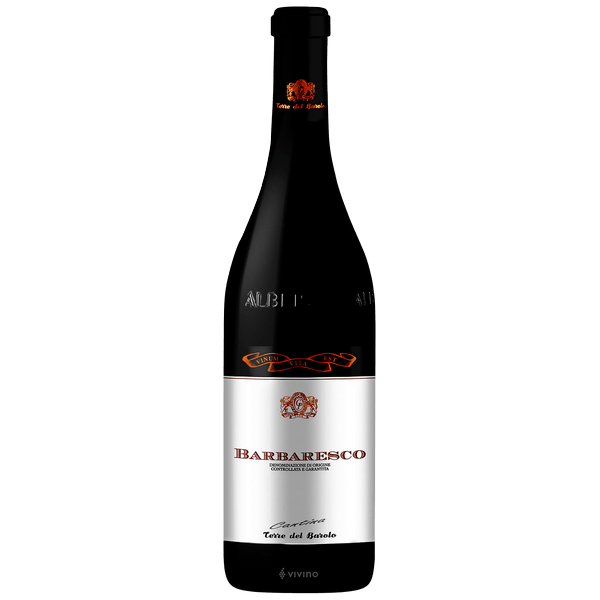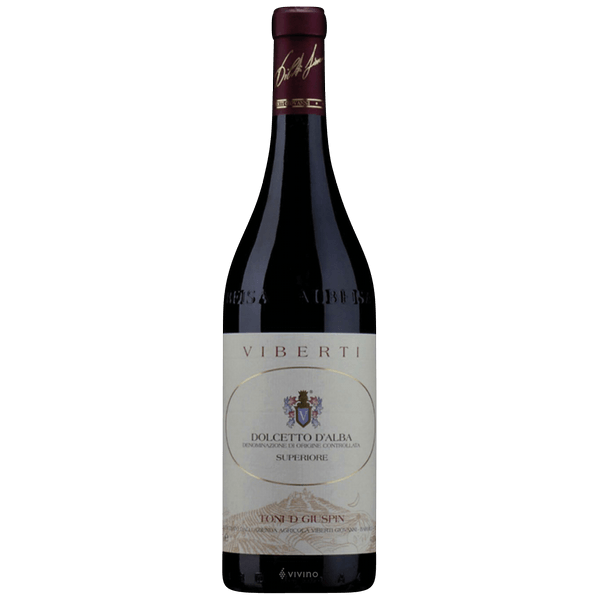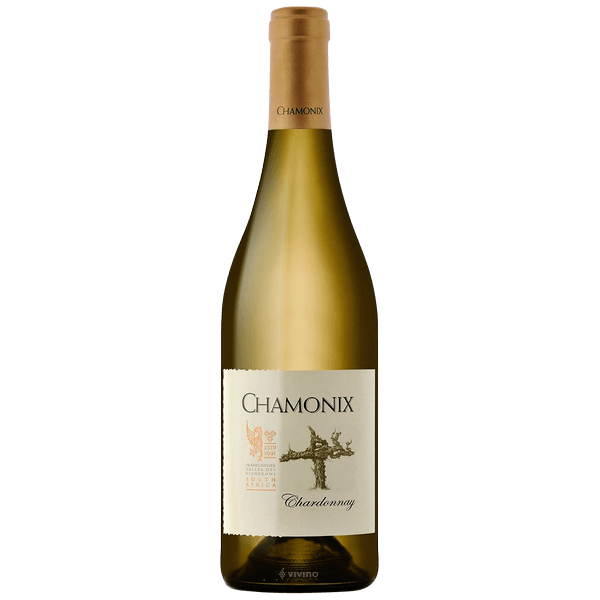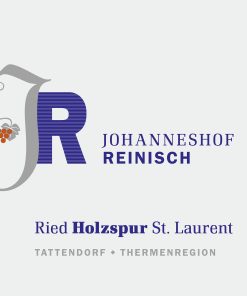-
×
 2015 Fontaine-Gagnard Chassagne Montrachet
1 × $99.99
2015 Fontaine-Gagnard Chassagne Montrachet
1 × $99.99 -
×
 2021 Capuano Ferreri Chassagne-Montrachet Cuvee Prestige 750ML
1 × $77.99
2021 Capuano Ferreri Chassagne-Montrachet Cuvee Prestige 750ML
1 × $77.99 -
×
 Chambers Rosewood Muscat 375ML
1 × $16.99
Chambers Rosewood Muscat 375ML
1 × $16.99 -
×
 2020 Chateau Brane-Cantenac Margaux 2eme Grand Cru Classe 750ML
1 × $94.99
2020 Chateau Brane-Cantenac Margaux 2eme Grand Cru Classe 750ML
1 × $94.99 -
×
 2020 Clos du Moulin aux Moines Auxey Duresses Monopole Vieilles Vignes
1 × $64.99
2020 Clos du Moulin aux Moines Auxey Duresses Monopole Vieilles Vignes
1 × $64.99 -
×
 2018 Wolf’s Head Vineyard Cabernet
1 × $67.99
2018 Wolf’s Head Vineyard Cabernet
1 × $67.99 -
×
 2018 Larkmead Vineyards The Lark
1 × $350.00
2018 Larkmead Vineyards The Lark
1 × $350.00
2013 Terre Del Barolo Barbaresco
2013 Terre Del Barolo Barbaresco Rose petal, herb and camphor aromas are front and center. The full-bodied monolithic palate of this 2013 wine offers cranberry, morello cherry, star anise and the warmth of alcohol alongside solid tannins. It’s big and rather straightforward for Barolo.
Terre Del Barolo
The “Terre del Barolo” winery is located in the valley running between Alba and Barolo, on the right at the turning off for Castiglione Falletto. lt brings together around four hundred growers, who own approximately 650 hectares of the Great Vineyards of the Langa, in the villages of Grinzane Cavour, Serralunga, Monforte d‘Alba, Diano d‘Alba, Barolo, Novello, La Morra, Verduno, Roddi and Castiglione Falletto. Their total annualyield of around 5,500 tons of grapes is crushed by the co-operative to produce an average of 38, 000 hectolitres of wine, divided by type, growing location, ripening, and sugar content.
The main wines produced are: Barolo, which is aged in the cellars in precious casks made of Slavonian oak for a variable period of time, depending on the vintage, Nebbiolo d‘Alba, Dolcetto d‘Alba, Dolcetto di Diano d’Alba and Barbera d’Alba. These are joined by smaller volumes of Verduno Pelaverga, Freisa, Grignolino, Favorita and Chardonnay.
Nebbiolo
Nebbiolo is the grape variety behind the top-quality red wines of Piedmont, northwestern Italy, the most notable of which are Barolo and Barbaresco. The most searched-for Nebbiolo wine on our database is currently Giacomo Conterno Monfortino Barolo Riserva.
Nebbiolo wines are distinguished by their strong tannins, high acidity and distinctive scent – often described as “tar and roses”. A less obvious characteristic, visible only over time, is their tendency to lose color. Within just a few years of vintage, most Nebbiolo wines begin fading from deep, violet-tinged ruby to a beautiful brick orange.
Nebbiolo is the quintessential Piedmontese wine grape – the dominant variety in five of the region’s DOCGs and numerous DOCs (see Italian Wine Labels). Even its name evokes the region’s foothills on cool autumn mornings, when the valleys and vineyards lie hidden under a ghostly blanket of nebbia (fog). The name is very apt for this late-ripening variety, which is harvested later in the year than Piedmont’s other key varieties (Barbera and particularly Dolcetto), in foggy, wintry weather conditions.
Powerful, intense Barolo is the most famous and prestigious Nebbiolo-based wine, but it is increasingly rivaled by the slightly more elegant and perfumed wines from Barbaresco to the northeast, which rose to prominence in the late 20th Century.
Wines from just outside the borders of Barolo and Barbaresco may be classified as Langhe Nebbiolo, as may wines from young vines or less favored plots within these two famous appellations. The high-quality red wines of Roero, just across the Tanaro river from Barolo, are further affordable alternatives to Barolo and Barbaresco. Here, Nebbiolo’s austerity and tannins was often softened with a splash of Barolo Bianco – a local nickname for white Arneis – though the practice, while still legal, is rare nowadays. Historically many vineyards here contained a mix of both varieties. Nebbiolo d’Alba is a third option for value; the zone covers much of the territory of Roero but extends across the Tanaro south of Alba to Diana d’Alba.
While the majority of the most prestigious wines across these parts of Piedmont are made entirely from Nebbiolo, some blends do exist at various price levels, but mainly classified as IGT Piemonte. Likely partners include Barbera – like La Spinetta’s Pin Monferrato Rosso – and the Bordeaux varieties.
Related products
$76.99
Red Wine from Niederosterreich, Austria
$21.00
2021 Sartarelli Tralivio Verdicchio dei Casteli di Jesi Classico Superiore 2021 Sartarelli Tralivio Verdicchio dei Casteli di Jesi Classico Superiore A lively and bright straw yellow color, the 2021 Tralivio opens with an elegant and alluring bouquet of aromatic spring herbs then develops into aromas of acacia, linden, apricot and fresh almond. It also has [...]
$798.00
2020 Domaine des Lambrays Clos des Lambrays Grand Cru 2020 Domaine des Lambrays Clos des Lambrays Grand Cru, A fresh red, with black currant and black cherry flavors shaded by floral, iron, earth and spice elements. Fluid and on the elegant side, with a solid underlying framework of tannins. Turns a bit leaner on the [...]
 2021 Capuano Ferreri Chassagne-Montrachet Cuvee Prestige 750ML
2021 Capuano Ferreri Chassagne-Montrachet Cuvee Prestige 750ML 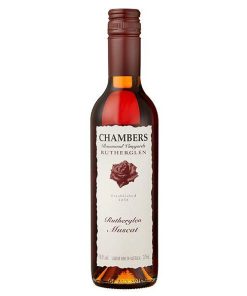 Chambers Rosewood Muscat 375ML
Chambers Rosewood Muscat 375ML 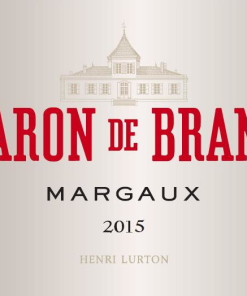 2020 Chateau Brane-Cantenac Margaux 2eme Grand Cru Classe 750ML
2020 Chateau Brane-Cantenac Margaux 2eme Grand Cru Classe 750ML 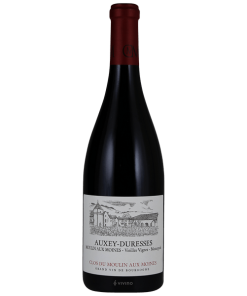 2020 Clos du Moulin aux Moines Auxey Duresses Monopole Vieilles Vignes
2020 Clos du Moulin aux Moines Auxey Duresses Monopole Vieilles Vignes 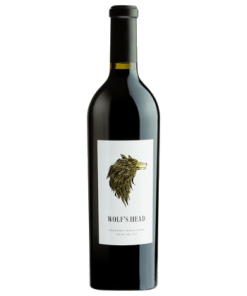 2018 Wolf’s Head Vineyard Cabernet
2018 Wolf’s Head Vineyard Cabernet 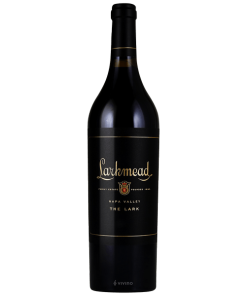 2018 Larkmead Vineyards The Lark
2018 Larkmead Vineyards The Lark 